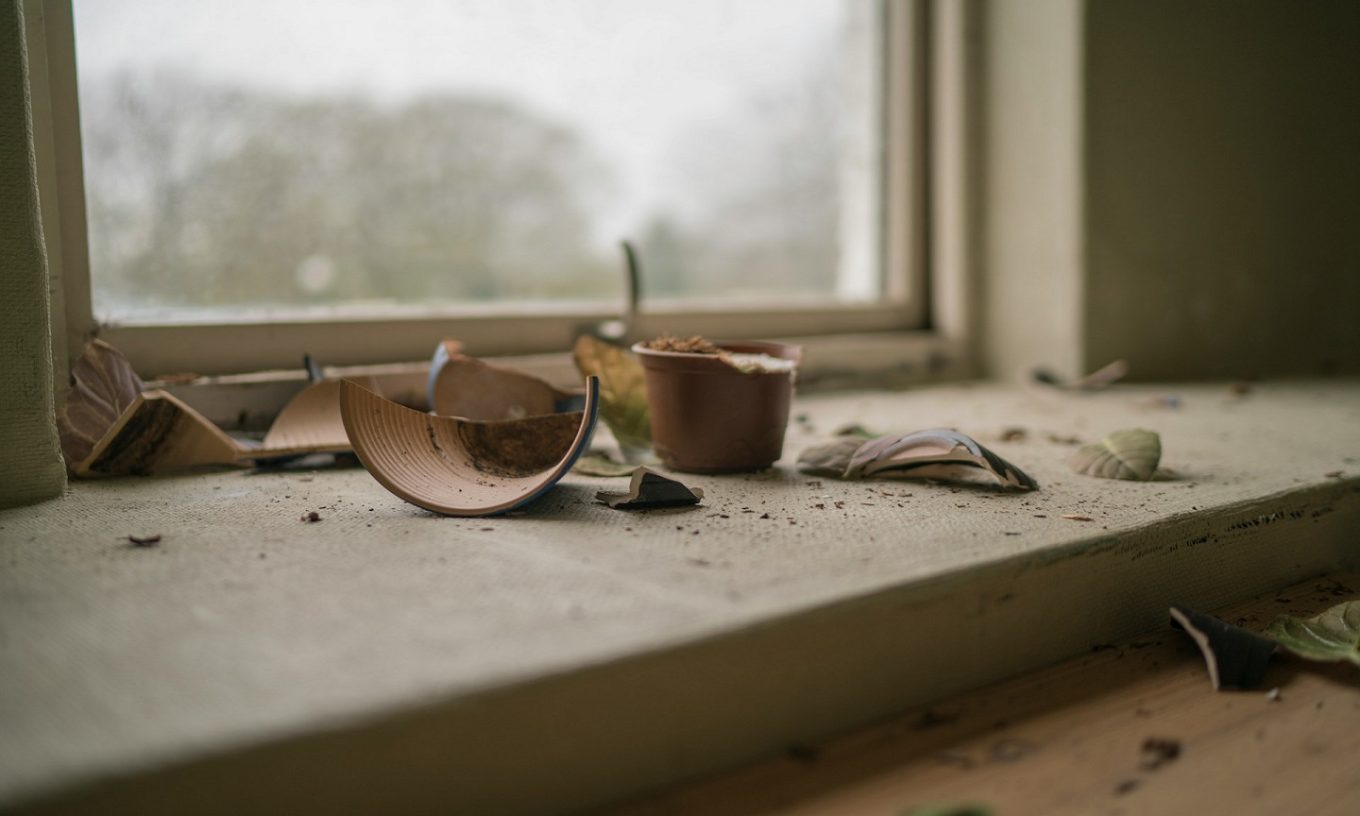In her sketchbook, Minha only drew girls. To Minha, it was second nature to find a nearby girl or woman, wherever she was, and sketch her thighs, her hips, the unique curvature or angling of her face, her expression, whether it be bright or dark or anything in between. Minha thought that through her studies of women and their bodies, she might grow to understand herself, her own girlhood, her longing for girls, her longing as a girl. Minha never understood how to be one of them, although her best friends were girls. Once when Minha was ten, she had a mythical encounter with a beautiful woman at the park. (Little remains of this memory, aside from dregs of visual poetry, a sonnet of silk and golden goddess-flesh.) Since then, Minha began drawing women exclusively, taking on the role of a secretive artist-anthropologist, doodling the bodies of naked, headless women like the remains of Grecian statues.
She drew their faces in greater detail on the opposite page, as if she had severed and separated their heads. Minha’s sketchbook was a museum, a mausoleum for the women she had captured on paper and forever slain by hand. Something about other girls seemed to evade her, to leave her alone in this man-woman world where she, yellow and lanky and ugly-haired, would never fit in any slot. Minha lacked the sort of psychic connectedness that all girls seemed to share, like knowing who was in love with whom, or which pair of shorts was “cute” and which wasn’t, or what girlhood meant: why men looked at you the way they did, and how to make them look away.
Eventually her sketches laid siege to her bedroom, the walls and bulletin boards, heavy with bodies. Minha’s mother, who hadn’t entered her daughter’s room in months, was disgusted by Minha’s hidden desires when she discovered the overflowing gallery, no matter how precise and exquisite the sketches were, in all of their technical anatomical splendor.
“Ddal (Korean for ‘daughter’),” Minha’s mother said to her when she saw the sketches, taped over each other and sagging along the walls, “Get rid of this rubbish. We do not love girls in this household. You should be ashamed of yourself.”
Minha peeled off her collection of girls, with their angular calves, sloping collarbones, and rounded pelvises she had so agonizingly tried to perfect. A deep wave of shame welled in her throat as her mother beat her. Afterwards, Minha continued to rip the drawings off her bedroom walls, tossing them into trash bags, which were sacrificed to the living room fireplace in a great acrid mound of ash. She cried all throughout the night, burning and burning and burning, and her mother watched until all of the drawings were gone.
Minha was well aware of her crimes, yet the sketching became an addiction: she drew girls with permanent markers on her own skin, bodies on top of a body; she drew girls with mechanical pencils on the inside of her locker at school. What worried her most was the growing corruption in her drawings, how she was contributing to the problem, the oppression and sexualization of women that she was both fascinated and terrified by, how her sapphic lust made her like any other grimy white man in the world, equating ribaldry of a violated girl with high art, with ascension.
Seeking enlightenment and repentance, Minha asked Bryana what it meant to be a girl, to be a broken yellow daughter. Bryana, who was angry that Minha had called her during her shift at the store, said, “Being a girl means that life is unfair, because men are taught to want you and you’re taught to want anyone but yourself. It means you’ll always be ugly and worthless, and that’s what makes you available to them.” Minha asked Geethanjali the same question, and Geethanjali said, “It means you can be whatever you want, but you’re going to have period cramps and that sucks ass.” Minha was too afraid to ask her mother what womanhood meant. She knew what her mother would have said anyway, that womanhood meant duty and honor, putting others’ needs before your own. She was tired of this duty, of this obligation toward shame and sin.
Once, when she was younger, Minha played with a beautiful porcelain saucer as if it were a toy and dropped it, igniting her mother’s rage for the second time that day. As Minha swept away the little slivers from the cracked saucer, white and pointed like a monster’s teeth, her mother told her, “The only real gifts are the ones we make for ourselves, but keep in mind that these could be good or bad. These gifts are nothing but inheritances from our past selves.” Minha fell asleep that night to dark dreams of crackling bones and Korean girl dolls who fell dangerously in love, who were shattered by their shame, tiny pieces of their skin littering the floor like ash.
For Minha’s birthday that year, her mother gave her a little cloth sack that tinkled when she shook it. Minha was surprised and terrified by what may lie inside since her mother never gave presents, so she thanked her mother graciously, then hid the bag under her bed for many days. When she finally summoned the courage to open it, she was shocked, then sorry, for of course inside were the shards from the cracked saucer. What terrified her more was that at first, she thought they were the remains of another broken yellow daughter.
Photo by Daniel Tafjord on Unsplash





